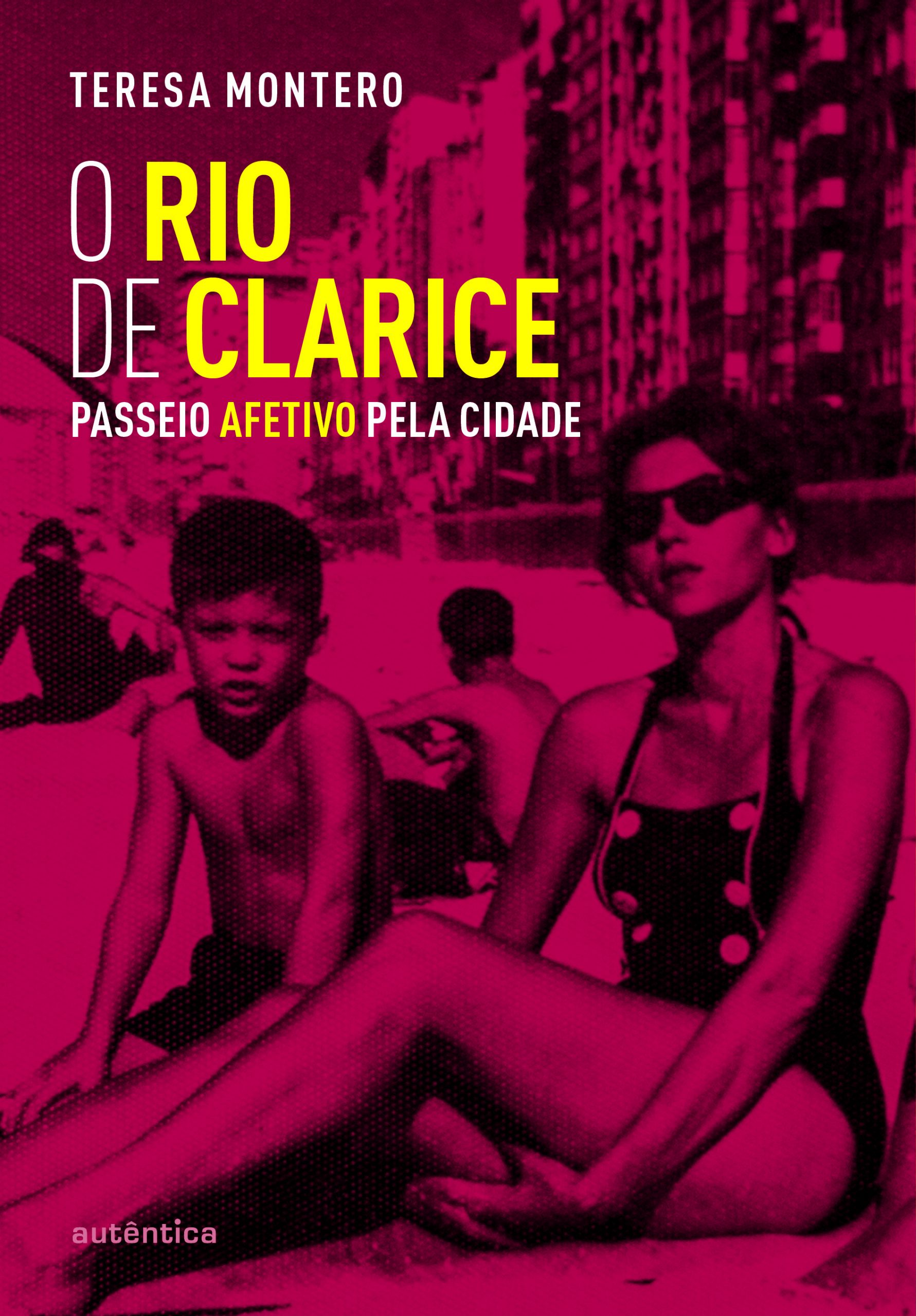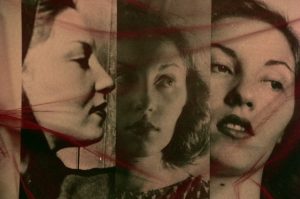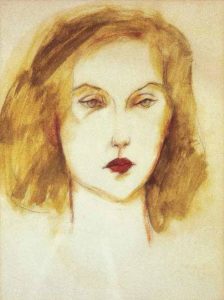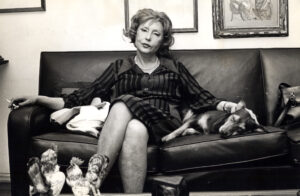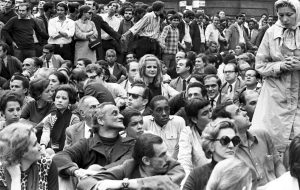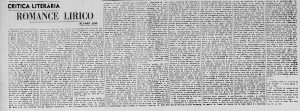, Clarice’s Rio de Janeiro – by Mànya Millen. IMS Clarice Lispector, 2019. Disponível em: https://site.claricelispector.ims.com.br/en/2019/01/18/rio-de-clarice/. Acesso em: 05 December 2025.
If reading the author of masterpieces such as Family Ties, The Apple in the Dark, and The Passion According to G.H. is an invitation to dive into a guarded and, at times, gloomy world, the vision of the author that emerges from O Rio de Clarice, passeio afetivo pela cidade (Clarice’s Rio, an Affective Stroll Through the City), by Teresa Montero, is definitely sunny. In the pages of the book, published by Editora Autêntica, evident is Clarice Lispector’s pleasure in wandering the streets, forests, parks, and beaches of Rio de Janeiro, where she arrived in 1935 as a 15-year-old. Developed from the strolls that Teresa has been promoting since 2008 through the writer’s favorites nooks and crannies of the metropolis, the work goes further and offers a more detailed view of neighborhoods, streets, and monuments. It interweaves quotes, testimonials, and stories with maps (with QR Codes), period images and others made by the photographer Daniel Ramalho especially for this publication.
The idea of a Clarice who is more exuberant than the introspective version publicly crystallized over the years is already suggested in the red tone chosen to shade the front cover photo, in which the author, in a diva pose alongside her sons, enjoys the beach in the 1960s. It is also in the vibrant oranges and yellows of a painting signed by Clarice Lispector (Explosion, 1975), selected to illustrate the book’s back cover.
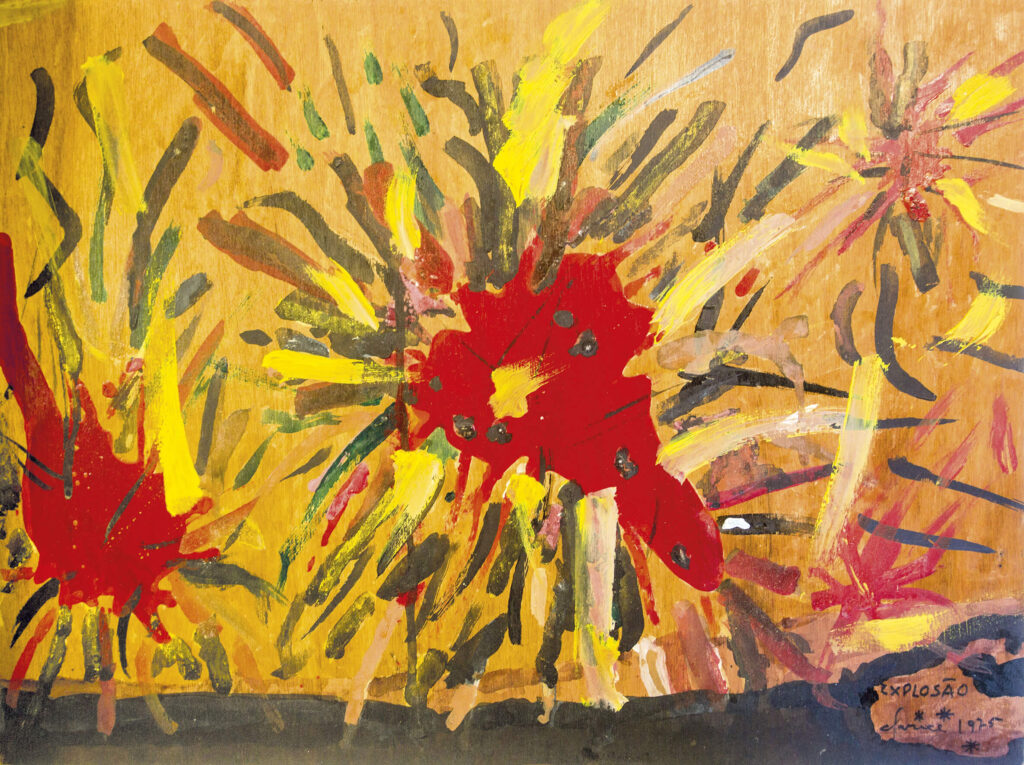
“A guide is more committed to time, the day that begins and ends. The affective stroll is more of an aimless wandering through the city, the freedom to walk; so I’ve always thought the book had to be something in that direction,” says the editor Maria Amélia Mello, from Autêntica. “The idea was to tell a little about the history of the neighborhoods, especially Leme, where she lived most of her life, and not simply point out what each place has for one to see.”
The neighborhood of Leme, which Clarice used to call “my land”– she arrived there in 1959 with her two sons, Pedro and Paulo, having already separated from her husband Maury Gurgel Valente, and remained there until her death in 1977 –, received the most space, which was merited. Since 2016 the writer, with her dog Ulysses, has been immortalized in her neighborhood with a statue by Duvivier. Teresa was something of a godmother for the campaign to install the monument, which quickly became a tourist spot. In the book, both the text and the photos from those times, most of them provided by the Rui Barbosa House Foundation’s Museum-Archive of Brazilian Literature (which, like the Moreira Salles Institute, holds part of the writer’s collection), show a Clarice who liked to walk around the area, go to the market, talk with neighbors, buy cigarettes, batteries, or soda at the tavern in front of her building.
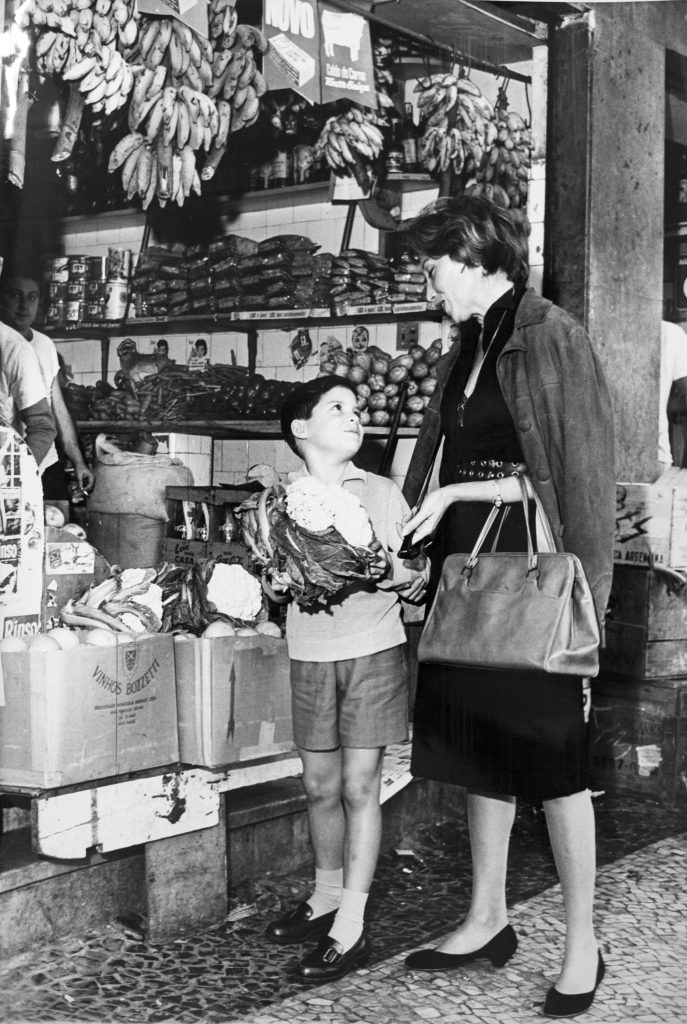
“The book reveals another side of her. Even though Clarice was introspective and did not like to socialize, she did stroll through the city,” says Teresa, author of a biography of the writer (Eu sou uma pergunta [I Am a Question], Editora Rocco, 1999). “When I started to research, reports would always appear saying Clarice stayed in her apartment, was not available, etc. The image of a recluse crystallized, and I wondered whether it was really the case.”
Some stories told in the book are proof of a more playful aspect to the writer. One of Clarice’s friends, the visual artist Maria Bonomi, recalls that whenever she came to Rio, they would go to La Fiorentina restaurant in Leme to talk, any hour of day or night. When they felt uncomfortable with other people approaching, at the suggestion of the author they would take their pizza and eat it on the beach sand, a trick celebrated with many laughs.
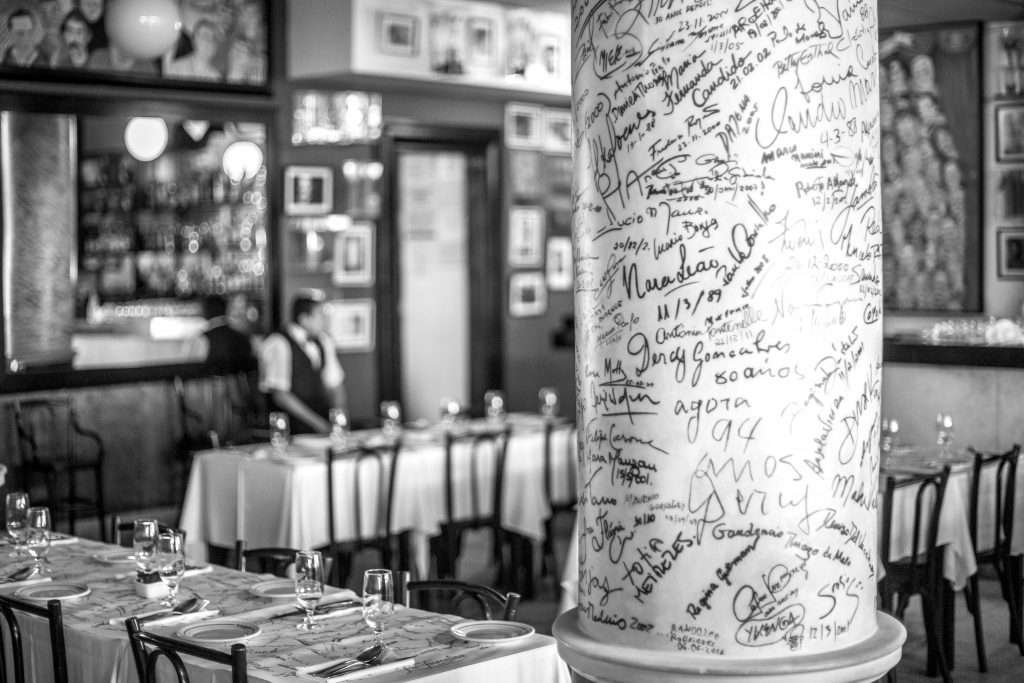
In more in-depth research and interviews with friends and acquaintances, Teresa started to discover an ordinary woman, present in the daily life of the city. “Obviously there were moments when she concentrated on the creative process, but she was the mother of two small boys, she had to move around the neighborhood,” recalls the author. With a degree in literature and theater, she has been working on the idea of a book since she started the tours.
Her dedication to a Clarice Lispector Rio itinerary is such that, in the process of learning more about Leme, Teresa ended up moving there five years ago. “My view of the neighborhood was different; it was of one who only comes on visits. With the move here I gained a series of references from daily life, the material became more affective,” she says. “Residents gave interviews, and even not having known Clarice they spoke about the neighborhood at the time. I think Leme is just like her, truly. It’s an isolated corner, it seems like it’s outside of Rio. We awake to the birds singing.”
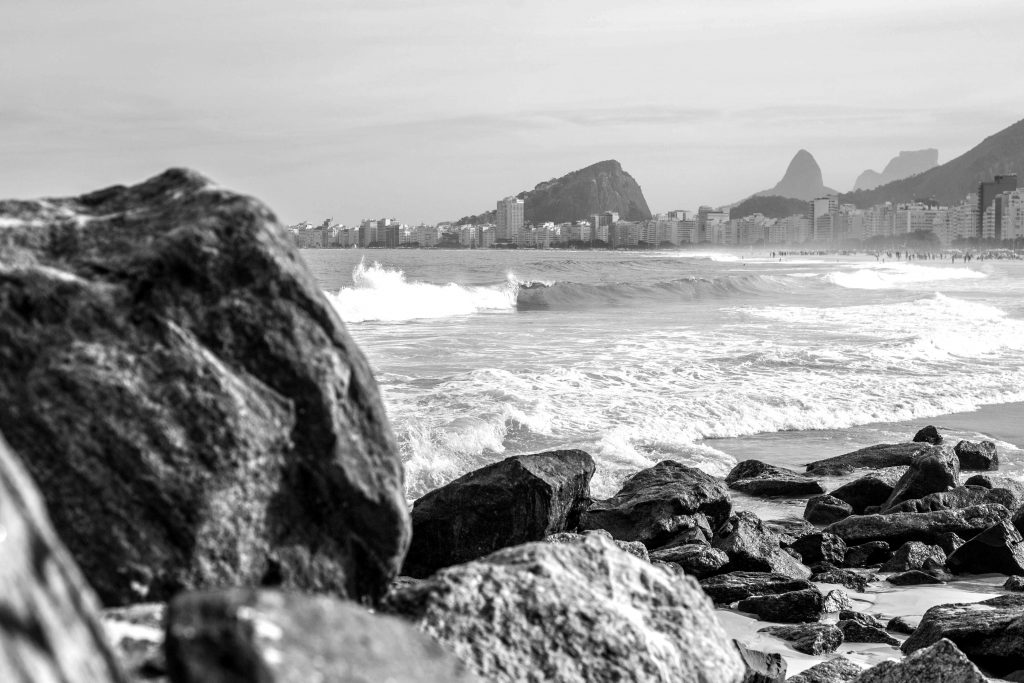
Leme has an obvious starring role, but the work also includes the neighborhoods of Tijuca, Centro, Catete, Botafogo, and Cosme Velho, places where she lived, studied, and worked, in addition to the Botanical Garden, which she loved and visited whenever she could. The first place in the city to be noted as one of the “Clarice Pathways” (the second was the statue in Leme), the Botanical Garden is also present in Clarice’s literature, such as in the beautiful story “Love,” included in Family Ties (1960).
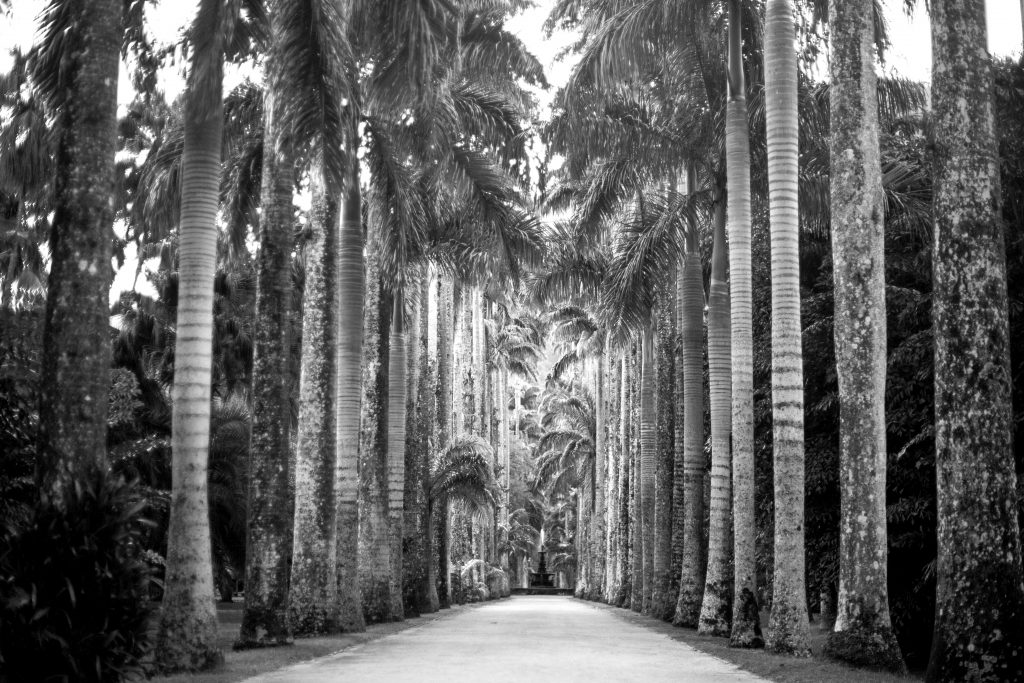
“Clarice’s Rio is pure nature,” Teresa claims. In her book she also recalls the marks in the author’s works left by another green part of the city: the Tijuca Forest. Coming from Recife and upon arrival in Rio, the Lispector family settled in Tijuca between 1935 and 1940, and then spent a brief period in Flamengo and São Cristóvão. Clarice, already living in Leme, always came back to stroll through the forest. The beautiful green setting is the stage for the couple Dori and Ulysses in An Apprenticeship or The Book of Delights (1969).

Teresa’s work proceeds to sew stories of people and places that were and still are part of the city’s memory. She also highlights curiosities, such as the works by the artist Poty Lazzarotto in a hotel in Leme (at the time it was the Luxor Continental, today it is Novotel) where Clarice stayed when she needed to dedicate herself to a book. “It’s a bit hidden, few people know about this artwork,” says the editor Maria Amélia Mello. “We tell the whole story in order to situate the reader. For the port region of Rio there’s a photo of the A Noite building, where Clarice worked. For Largo do Boticário, in Cosme Velho, there’s the house of the visual artist Augusto Rodrigues, where she would go every Sunday. We gathered a lot of cool stuff, maps, souvenirs, memories, history. The idea is really to enjoy the city, a tribute to Rio itself.”
*Mànya Millen is a journalist.

